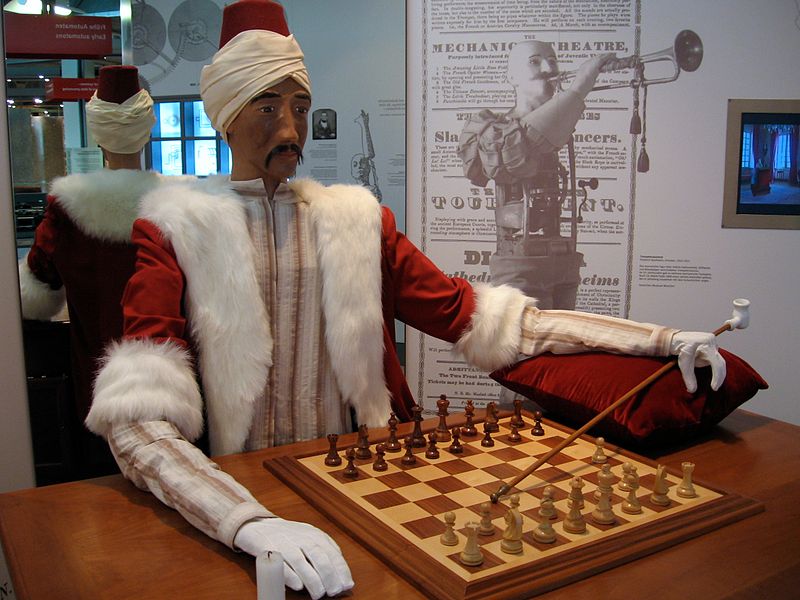
The Mechanical Turk was a very special machine, an automaton built in the 1700s to play chess. In reality, the “machine” was just a box with a chess board on top and a cupboard in the side. A puppet, intend to look Turkish, provided the drama. A slim human being could climb into the cupboard and manipulate the pieces, pretending to be a machine.
Gizmodo identified 10 modern Mechanical Turks — tools that pretended to be automated, but which were actually powered mostly by humans. Apart from Theranos, the fraudulent blood testing company, most were cases in which the tool was theoretically operating with AI or some early forerunner of it. Humans were on standby to help, and in many cases they “helped” the majority of the time.
One example was Amazon Fresh, which allowed customers to walk in, scan a QR code, and shop. The system automatically identified their groceries and charged them, without any check out required.
Except that it usually didn’t. 70% a human being had to “help” the system figure out what the customer had bought.
Robotic examples
Gizmodo’s examples were mostly of this kind: Ai that required humans to do most of the work. But we immediately thought of robotic examples. We’ve seen robots that could stir-fry food — as long as a human being stood nearby making the movements the robot needed to replicate. Obviously, that saves neither labor nor time for the human. If you have to stand near the stove and mime stirring food, you might as well just make your own stir-fry.
Then there are the famous hotel robots which needed human beings to watch and monitor them all the time, and to run out and reduce them when they got stuck, which happened frequently.
And maybe even the hamburger-flipping bots which can flip the burgers but can’t put a slice of tomato on the sandwich. If humans must stand next to the robot and put the burger together after it does the flipping, that robot is of limited utility.
Even the famous dancing robots, which appear to dance only through careful programming, skillful videography, and strategically chosen music soundtracks. They are entertaining, but they are not really dancing.
And should we even mention the Lycra-garbed human who pretended to be the Tesla Optimus?
Mechanical Turks
We hadn’t thought of calling these robots Mechanical Turks, but it’s a great name for them. A lot of robots are presented as capable of performing tasks that they can’t actually do reliably. They’re not exactly fakes. They’re not usually fraudulent. They, like Gizmodo’s list of deceptive AI tools, are overreaching to appear to meet human standards which they can’t actually approach.
They’re Mechanical Turks.
